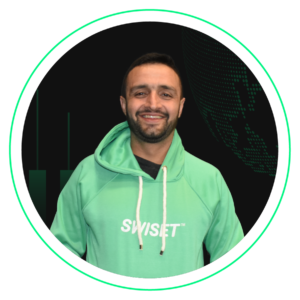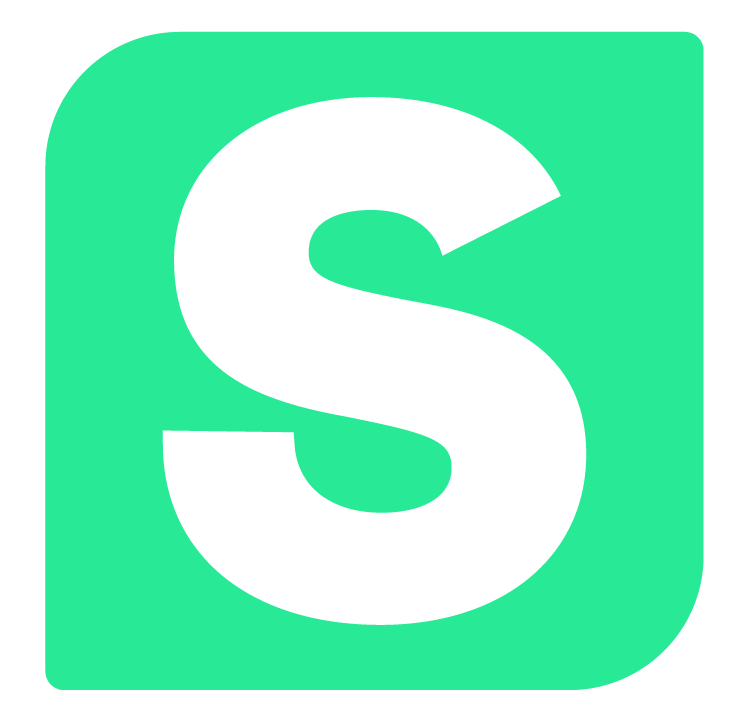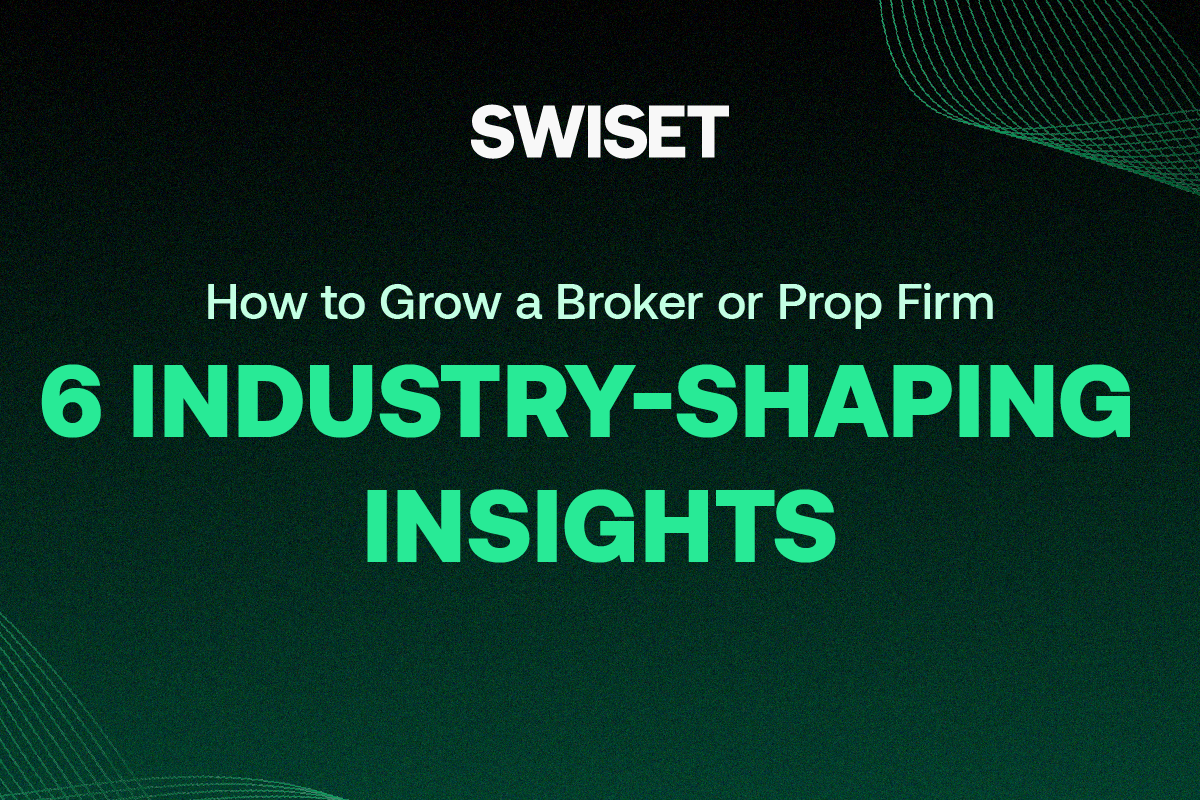What is the best Funded Trading Program?
Currently, we can see a growing offer of Funded Trading Programs. Companies from all over the world are funding traders in different markets and instruments, but mainly in Forex and Futures. These solutions are becoming very popular in Latin America due to the need for traders who do not have enough capital in their quest to make a living from trading and see in these programs the opportunity to make more money with third-party capital.
If you have never heard or read about a Funded Trading Program, I recommend you to read this blog where we write about this topic.
In this blog, I will try to shed some light on the types of programs that exist in the market and how each trader could choose one or the other, depending on the market they trade and the strategy they use.
There are programs with different options for capital, rules, terms, instruments, and negotiations. It’s just a matter of analyzing each option very well and not falling into the trap of choosing one simply based on price, ease, or laziness. The idea is to do the research very well among so many available options and see which one best suits your conditions, your strategy, and your budget.
What should you consider when choosing a Funded Trading Program?
There are several considerations that we must take into account when choosing a Funded Trading Program, and there are so many options currently available in the market that I think it is important to consider the general aspects first to be able to go into the specific ones.
Among others that may escape, the aspects to consider are the following
Account size
This will depend to a large extent on the budget you have to start the program since the higher the capital you aspire to, the higher the investment should be.
There are accounts from USD 10,000 onwards, although the most common ones are USD 25,000, USD 50,000, and USD 100,000.
Drawdown
The Drawdown is the minimum value that your account can reach while the program is active. It is what you can afford to lose throughout the trading days.
There are different ways in which companies perform it, such as the Trailing Drawdown, which is when you increase the balance, and the DD follows you.
Example
The Drawdown is
That is the minimum that balance should reach
The next day you have a positive day and bring the account to
So, your Drawdown has just gone up to
Then, the next day you have a negative day, and you bring your balance to
but your Drawdown remains the same, you are closer to reaching it.
This Drawdown remains static once you raise it to
which is with the initial balance you started with.
From then on, you can continue to increase your account, and it will remain the same at
You also have to take into account how the DD is calculated since sometimes it is done live with open trades during the day and others it is done only at the end of the day with the market close and trades close. From my point of view, it is better if it is done with closed trades at the end of the day, as you may have had a trade that was negative but ended up positive, and this will not count in the calculation of your DD.
It is important to consider at this point that the Drawdown will determine to a large extent your way of operating the account since it is the real value that you can afford to lose. It is important to know throughout your experience in trading, what has been your maximum DD? How many negative trades were there? How many negative operations were there? How many consecutive negative trades have you had in your trading history? With this information, you can approach the evaluation with a clear idea of what strategy you will use and how much leverage you can take.
Daily loss limit:
This point is straightforward and does not require much explanation. Your loss for a day at the market close should not exceed this value; otherwise, you will fail the evaluation.
You should consider the lot size or contracts, as well as the number of negative trades that you will allow yourself during the day so that you will not fail the evaluation.
Schedule:
Some evaluations have specific trading schedules, so you should consider this because some people, for example, only trade during the early morning to avoid conflicts with their work schedule.
Goals:
These are the targets that each evaluation has, and you must reach them to be funded or move on to the next evaluation, depending on the one you have chosen.
Why is it important to know the goal or target? Because it allows you to have an idea of how long it will take you to achieve it.
If you know your success rate and your risk/reward ratio, you can calculate how many days it will take you to pass the evaluation approximately.
If your calculations tell you that you will pass the evaluation in 45 days, but the evaluation is only for 30 days, this is important information to consider because you may not be able to pass it, or you may have to budget for another subscription month to continue the next month.
Consistency:
Most funding evaluations require consistency, but what does this mean? It means that you must demonstrate that you are not a lucky trader who wins the evaluation with just one trade. Here, it is important not to have trades that are excessively larger than the average of the others. Also, you must maintain that trading over time, for which they ask for a minimum number of trading days.
Withdrawals:
This is something that many would like to resolve, and it is because they have already passed the evaluation, had good results, and are ready to make their first withdrawal.
To keep in mind, some Prop Firms have specific withdrawal days, some weekly and some monthly. Some require a safety net, and others allow you to withdraw whenever you want. It is important to review the Drawdown topic we talked about earlier because when you withdraw money, the account balance decreases again, and you will be closer to reaching it again.
Data fees:
Data fees are the monthly fee paid for obtaining live market data in real-time. Some Prop Firms charge it monthly, and others do not. This is an important issue to consider when choosing for monthly costs and profitability.
I have already addressed to a large extent the basic or general conditions that funding evaluations have, and that you must consider when making a decision.
I would also like to say that there are other evaluation modalities, and they almost always have the same considerations. There are evaluations that you can pass and increase your account level like the “Trader Career Path” from Earn2Trade, where you start with a small account, and as you reach goals, you can have a larger account of up to USD 400,000.
There are also Prop Firms that offer almost all modalities, from evaluations to be funded if you pass, direct passes to funded accounts, trading careers, and many options with different types of rules like the ones we listed above. It is a matter of studying, analyzing, contrasting them with your trading and your needs and choosing one of the options.
To conclude and summarize a little, I believe that there are many options available and that it all depends on the type of trader you are and the economic possibilities you have to adapt to one of them. I do think that there are certain characteristics that are more appealing, and in my opinion, and based on several people I’ve had the opportunity to talk to, these include:
The investment value:
It should fit your budget, and you should check if it’s a one-time payment or monthly, as well as review the cost of resetting the account.
If your decision factor is price, I recommend looking for discounts that different Prop Firms are constantly offering. But as of writing this blog, and if we don’t consider any discounts, the lowest price can be found here.
The duration and mode of the test:
It should be a one-time payment until you pass or fail the test. If you’re interested in this option, you can consider this.
Data:
It’s preferable not to charge it monthly, or if it is charged, the lowest possible value should be considered.
Withdrawals:
There are withdrawal period rules such as daily, weekly, and monthly, but there are also security zone requirements. In this case, it would be interesting to find one where the withdrawal is unrestricted by day (an example is Uprofit) and where the value of the security zone is not too high or doesn’t exist.
If you want many possibilities to choose from different types of tests in one place, you can take a look at https://pjcapitalx.com/
If you’re interested in starting with a small account and growing it while achieving goals until you have a bigger account, you can go to Earn2Trade and read about the option offered by the “Trader Career Path.”
As you may have noticed, there are more characteristics, but I consider these to be some of the important ones to keep in mind and that can be found in the market. It’s crucial to read reviews of different tests and look for positive or negative comments to determine the level of confidence the company has.
It’s difficult to say which of the Prop Firms or any of their tests is the best of all, but I hope that with this information, you can have a guide on what to consider to choose it, and then focus on doing your best trading to increase your chances of passing it.
Remember that at Swiset, we have simulations of funding tests so that you can challenge yourself for free and have the opportunity to “test” your strategy in any of the options available there.
Good luck, and see you in the next blog.

Sebastián Orozco
Head of Partners at Swiset



